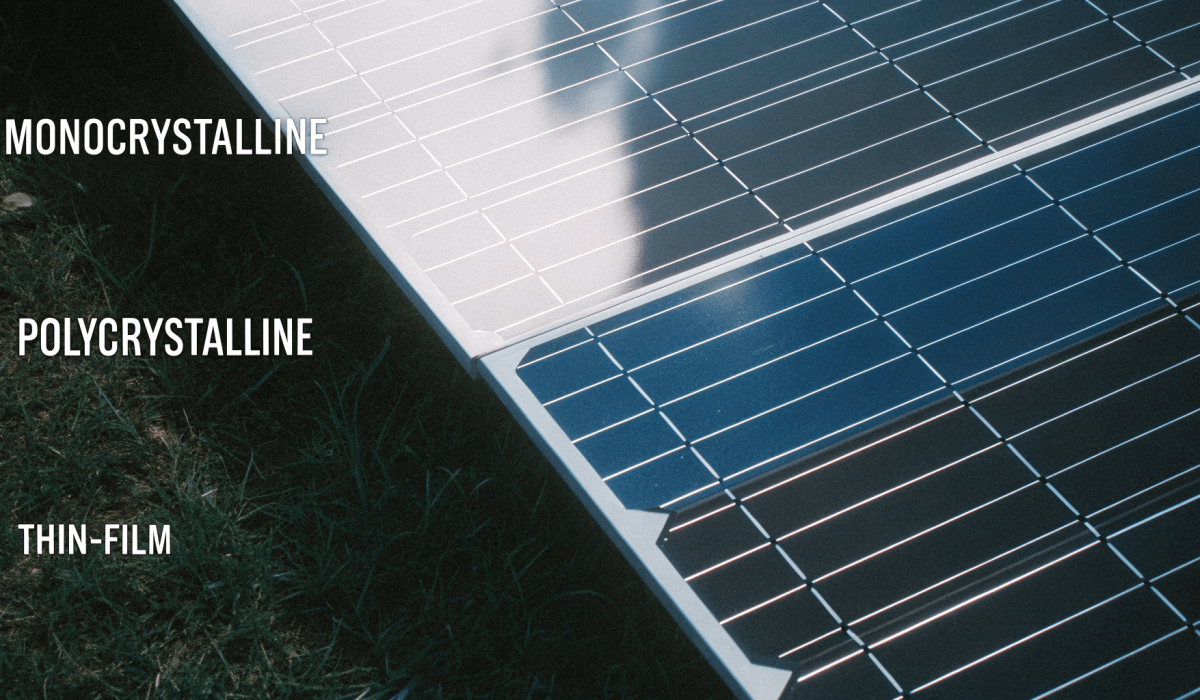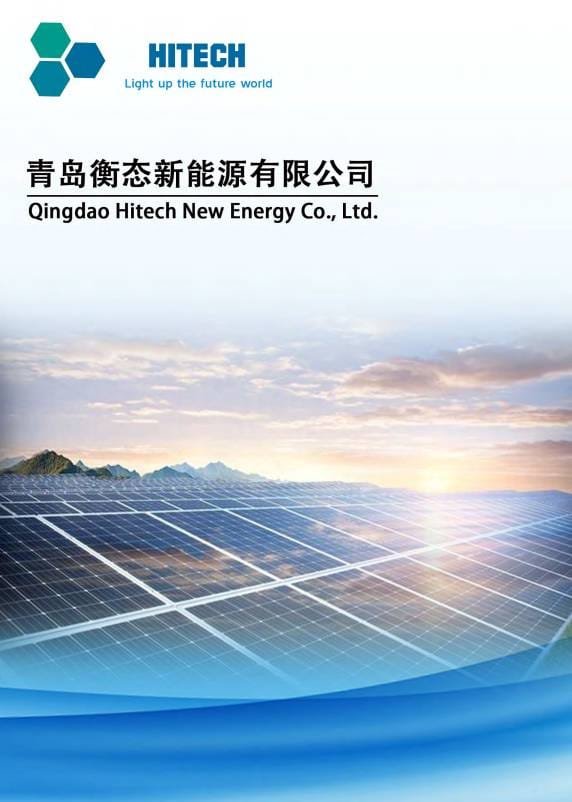Solar panel technology has significantly evolved over the years, improving efficiency and durability. Choosing the right solar panel is crucial for optimizing energy production in residential and commercial installations.
Monocrystalline silicon solar panels[^1] are among the most efficient and durable options, making them a preferred choice for homeowners and businesses seeking long-term renewable energy solutions.
Solar energy is a key player in the transition toward sustainable power sources. Understanding the different types of solar panels—monocrystalline, polycrystalline, and thin-film—helps in selecting the best option for specific energy needs. Among these, monocrystalline panels stand out due to their superior efficiency and longevity.
What is a Monocrystalline Silicon Solar Panel?
Monocrystalline silicon solar panels[^1] are made from high-purity single crystal silicon, offering the highest efficiency among all solar panel types.
Monocrystalline solar panels are crafted from a single silicon crystal, giving them a uniform black color. The manufacturing process involves growing cylindrical silicon ingots, which are then sliced into wafers to form solar cells. These panels are well-known for their:
- High efficiency (18%-22%).
- Long lifespan (25-30 years).
- Sleek black appearance, enhancing aesthetics.
Structure of Monocrystalline Silicon Solar Panels
The structure of monocrystalline solar panels is designed to maximize efficiency and durability through advanced manufacturing processes.

Manufacturing Process
- Formation of Silicon Ingots: The Czochralski method[^2] is used to grow cylindrical silicon ingots from molten silicon.
- Cutting Into Wafers: Ingots are sliced into thin wafers to create solar cells.
- Shaping for Efficiency: Wafers are wire-cut into octagonal shapes to optimize space utilization in a panel.
Typical Panel Configurations
| Panel Type | Number of Cells | Usage |
|---|---|---|
| Residential | 60 cells | Home installations |
| Commercial | 72 cells | Large-scale projects |
How Do Monocrystalline Solar Panels Work?
Monocrystalline solar panels convert sunlight into electricity using photovoltaic (PV) cells[^3] that generate an electric current when exposed to sunlight.
Energy Conversion Process
- Sunlight Absorption: The monocrystalline cells absorb photons from sunlight.
- Electric Field Generation: The photovoltaic effect produces an electric current.
- Power Calculation: The generated power is calculated using the formula:
P = V × I (Power = Voltage × Current). - Usage of DC Electricity: Direct current (DC) power can be used directly or converted to alternating current (AC) using an inverter.
Advantages of Monocrystalline Solar Panels
Monocrystalline panels offer superior efficiency, longevity, and aesthetic appeal, making them a preferred choice for solar energy systems.

Key Benefits
- Higher Efficiency: 18%-22% efficiency, outperforming polycrystalline and thin-film panels.
- Longer Lifespan: Lasts 25-30 years with minimal degradation.
- Better Low-Light Performance: Operates efficiently in cloudy conditions.
- Space-Saving: High energy output per square meter.
- Aesthetic Appeal: Black uniform color blends well with rooftops.
Disadvantages of Monocrystalline Solar Panels
Despite their efficiency, monocrystalline panels come with a higher cost and manufacturing challenges.
Limitations
- Higher Cost: More expensive due to complex production.
- Efficiency Drop in Heat: Slight reduction in performance at high temperatures.
- Manufacturing Waste: Silicon cutting process leads to material loss.
Comparison with Other Solar Panel Types
| Feature | Monocrystalline | Polycrystalline | Thin-Film |
|---|---|---|---|
| Efficiency | High (18%-22%) | Moderate (15%-18%) | Low (10%-12%) |
| Lifespan | 25-30 years | 20-25 years | 10-20 years |
| Cost | Expensive | More affordable | Lowest cost |
| Low-Light Performance | Excellent | Good | Moderate |
| Appearance | Black, uniform | Blueish, speckled | Varies |
Is a Monocrystalline Solar Panel Right for You?
Monocrystalline solar panels are ideal for those prioritizing efficiency, durability, and long-term energy savings.

Recommended for:
- Homeowners with Limited Roof Space: Maximizes power output in small areas.
- Regions with High Electricity Costs: Provides greater energy savings.
- Long-Term Investments: Higher upfront cost but better return over time.
Conclusion
Monocrystalline silicon solar panels[^1] offer unmatched efficiency, longevity, and space optimization, making them a top choice for residential and commercial solar energy systems. When choosing a solar panel, it's essential to consider efficiency, budget, and long-term energy goals. Consulting with solar professionals can help determine the best solar panel type for specific needs.
[^1]: Explore the advantages of Monocrystalline silicon solar panels to understand why they are a top choice for energy efficiency and durability.
[^2]: Discover the Czochralski method to understand the advanced techniques used in creating high-quality solar panels.
[^3]: Learn about the functioning of photovoltaic cells to grasp how they convert sunlight into electricity effectively.


